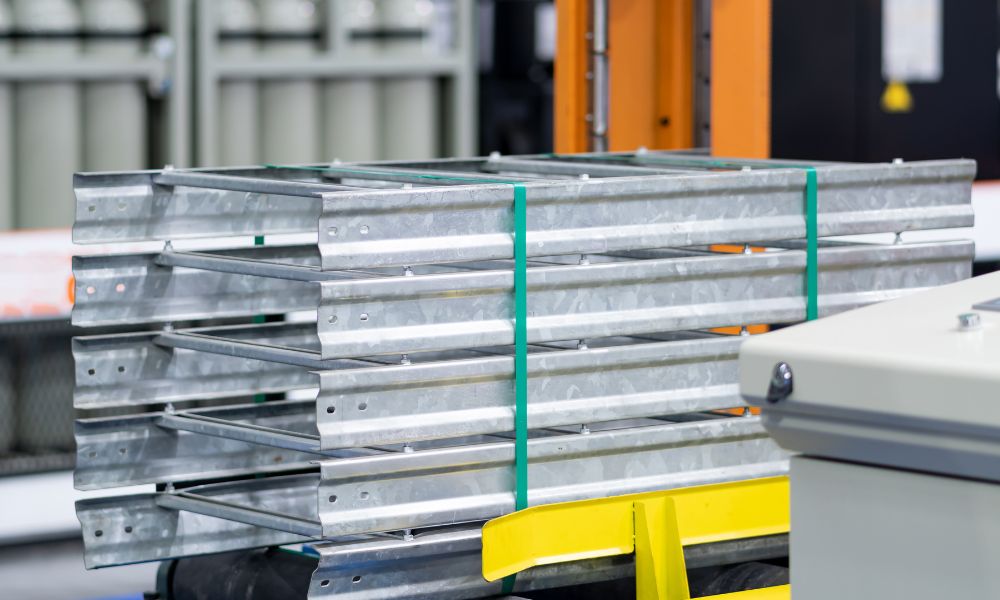
 business
business 
Strapping materials secure packages, prevent damage, and make it easier to handle large loads efficiently. While steel is the oldest type of strapping material, polypropylene or polyester might be more suitable for your products. Improve how you package materials for transport and storage with these three tips for choosing the right strapping material.
Strength and durability are primary considerations for finding a suitable material for your packaging. Compare the durability of steel, polypropylene, and polyester to determine which material will best keep the load contained.
Steel strapping is ideal for heavy-duty applications because it can withstand high tension levels and offers superior load-bearing capacity. It’s highly durable and resistant to impacts and abrasion.
Polypropylene strapping, also called PP or poly strapping, is a lightweight option with good tensile strength and is suitable for medium-duty applications. Polypropylene is flexible so that it can secure irregularly shaped packages. However, it’s generally not as durable as steel or polyester and has poor stretch recovery.
Polyester (PET) has excellent tensile strength and is often used instead of steel in packaging applications. It also provides some flexibility, meaning polyester’s minimal elongation helps ensure packages remain secure during transportation.
Steel strapping has the highest upfront costs, and because it’s the heaviest material, it also increases freight costs. Polypropylene strapping is the cheapest material and performs well in light-to-medium loads.
Polyester is often considered a cost-effective alternative to steel strapping. It’s also easier and safer to work with compared to steel.
If you don’t already use an automatic or semiautomatic strapping machine, consider getting this equipment for your facility. One key role of strapping machines in packaging is to improve efficiency when applying, tightening, and cutting straps.
Another tip for choosing the right strapping material is to evaluate the environmental conditions the load may encounter during storage and transportation. Steel performs well in extreme temperatures and is resistant to UV radiation. However, it is susceptible to rust and corrosion in high-moisture environments.
Polypropylene is more resistant to moisture than steel. Although, polypropylene strapping has low UV resistance, so it should not be used for outdoor storage.
Polyester is more resistant to UV radiation than polypropylene but is less resistant than steel, and it has good moisture resistance. These characteristics make it suitable for outdoor or humid conditions.
Steel strapping is ideal for heavy-duty applications. Polypropylene is cost-effective and flexible. Polyester balances strength and flexibility. Find the right strapping material for your packaged loads by considering durability, cost, efficiency, and environmental factors.
24World Media does not take any responsibility of the information you see on this page. The content this page contains is from independent third-party content provider. If you have any concerns regarding the content, please free to write us here: contact@24worldmedia.com